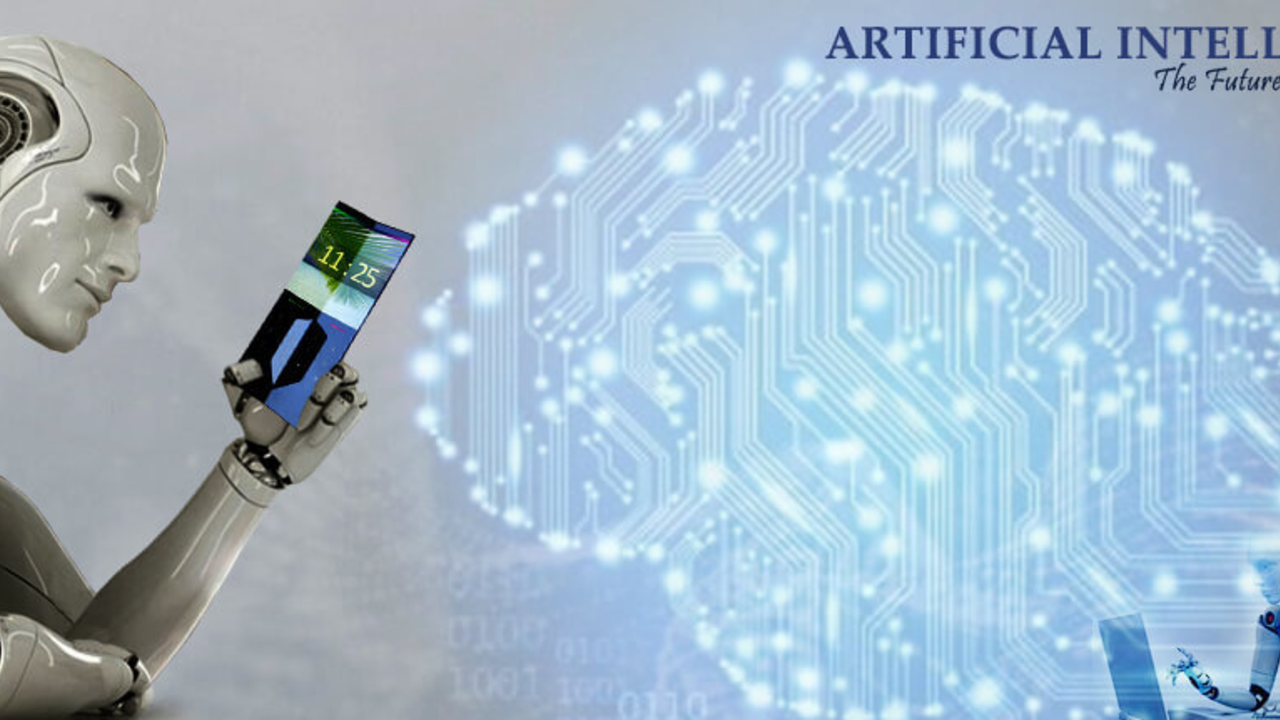AI Capabilities Explained – What AI Can Do Today
Artificial intelligence is no longer a sci‑fi concept; it’s sitting on the desk next to you, in your phone, and even in the car you drive. Knowing what AI can actually do helps you decide where to apply it, whether you’re a marketer, a teacher, or just curious about the tech. Let’s break down the key capabilities that are changing how we work and live.
Everyday AI You Already Use
First off, you already interact with AI every day. Voice assistants like Siri and Google Assistant understand spoken words thanks to natural language processing (NLP). When you ask them for the weather or a restaurant recommendation, they parse your request, fetch the right data, and reply in a human‑like tone. That’s AI turning raw speech into useful actions.
Another common example is recommendation engines. Streaming services, online stores, and news sites suggest movies, products, or articles based on what you’ve liked before. Under the hood, a type of machine learning (ML) model looks at patterns in your behavior and predicts what you might enjoy next. The result feels personal, even though it’s just data‑driven math.
Core AI Capabilities That Power Business
Businesses tap into AI for three main reasons: automation, insight, and interaction. Robotic Process Automation (RPA) works like a digital worker that handles repetitive tasks—think invoice entry, data migration, or simple customer‑service queries. RPA reduces errors and frees up staff for higher‑value work.
When it comes to insight, predictive analytics uses ML models to forecast trends. Retailers predict demand spikes, banks flag potential fraud, and marketers anticipate which campaigns will convert. The key is feeding historical data into the model, letting it learn relationships, and then applying those lessons to new situations.
Interaction is where AI meets the human side of business. Chatbots built on NLP can answer common questions 24/7, while sentiment analysis tools scan reviews and social posts to gauge public feeling. Both tools let companies respond faster and more accurately to customer needs.
Don’t forget computer vision. This capability lets machines interpret images and video. Retail shelves can be scanned automatically to detect out‑of‑stock items, factories can spot defects on production lines, and smartphones can unlock with facial recognition. Vision models turn pixels into actionable information.
Finally, biometrics—fingerprint, iris, or voice recognition—adds a layer of security that’s hard to fake. Companies use it for secure login, while governments apply it for identity verification.
All these capabilities share a common thread: they rely on data. The better the data, the smarter the AI. That means cleaning up spreadsheets, labeling images correctly, and keeping privacy in mind.
Looking ahead, AI will get even better at reasoning and creativity. Tools that can generate code, write drafts, or design graphics are already emerging. While they won’t replace experts, they’ll become powerful assistants that speed up work.
Bottom line: AI capabilities are practical, not mysterious. From voice assistants to predictive models, they’re already reshaping daily life and business operations. Understanding what each capability does helps you pick the right tool for the job and stay ahead of the curve.
